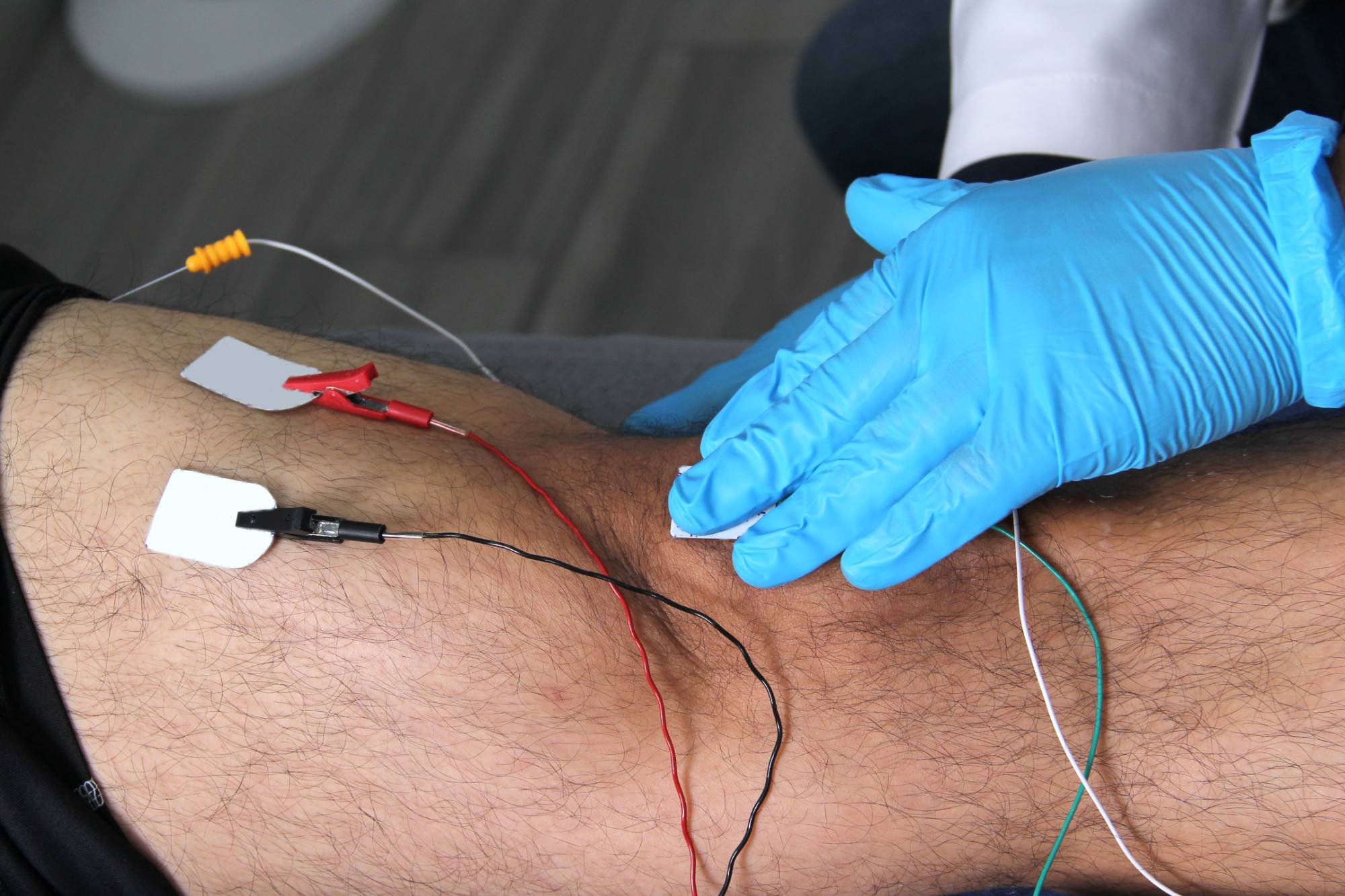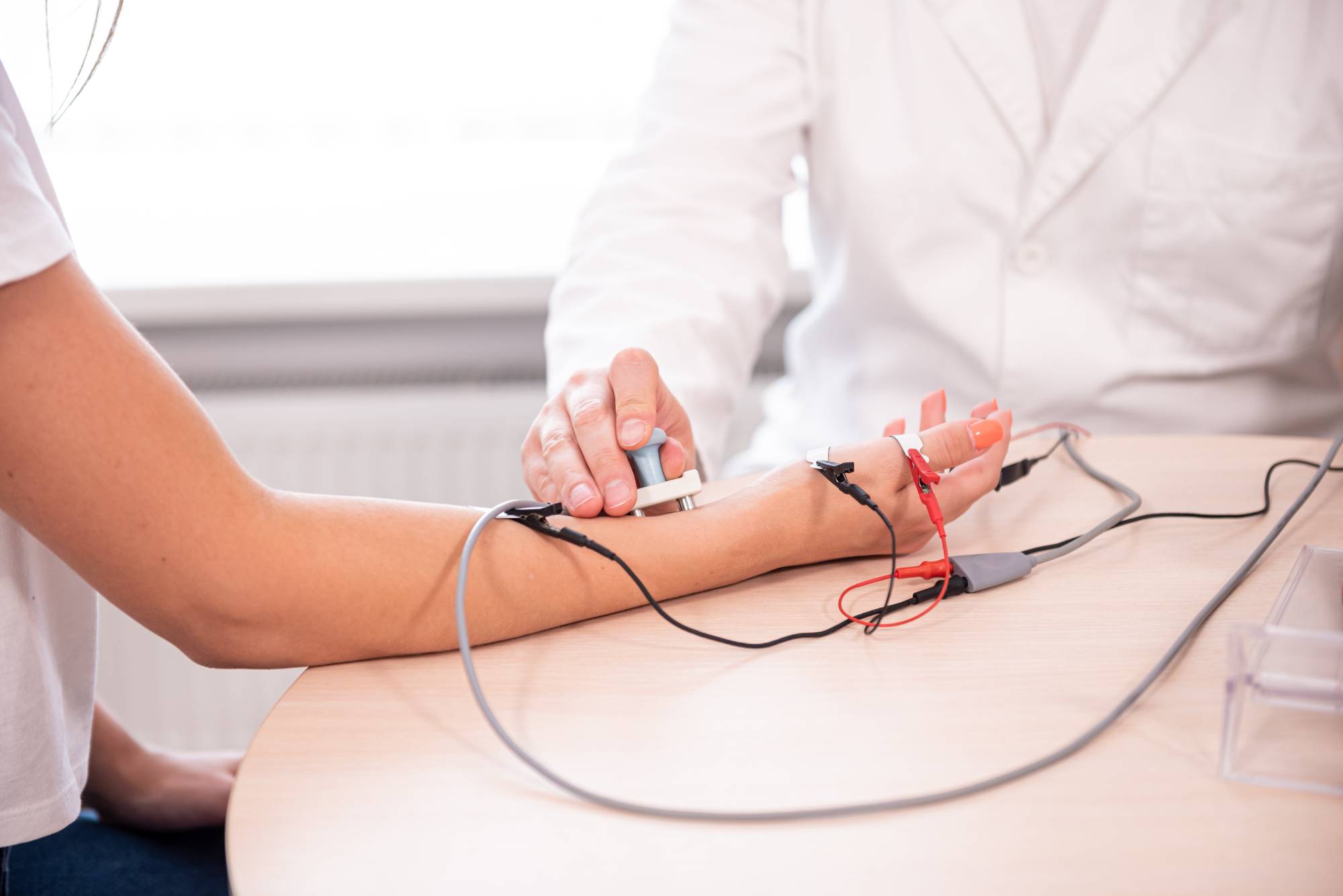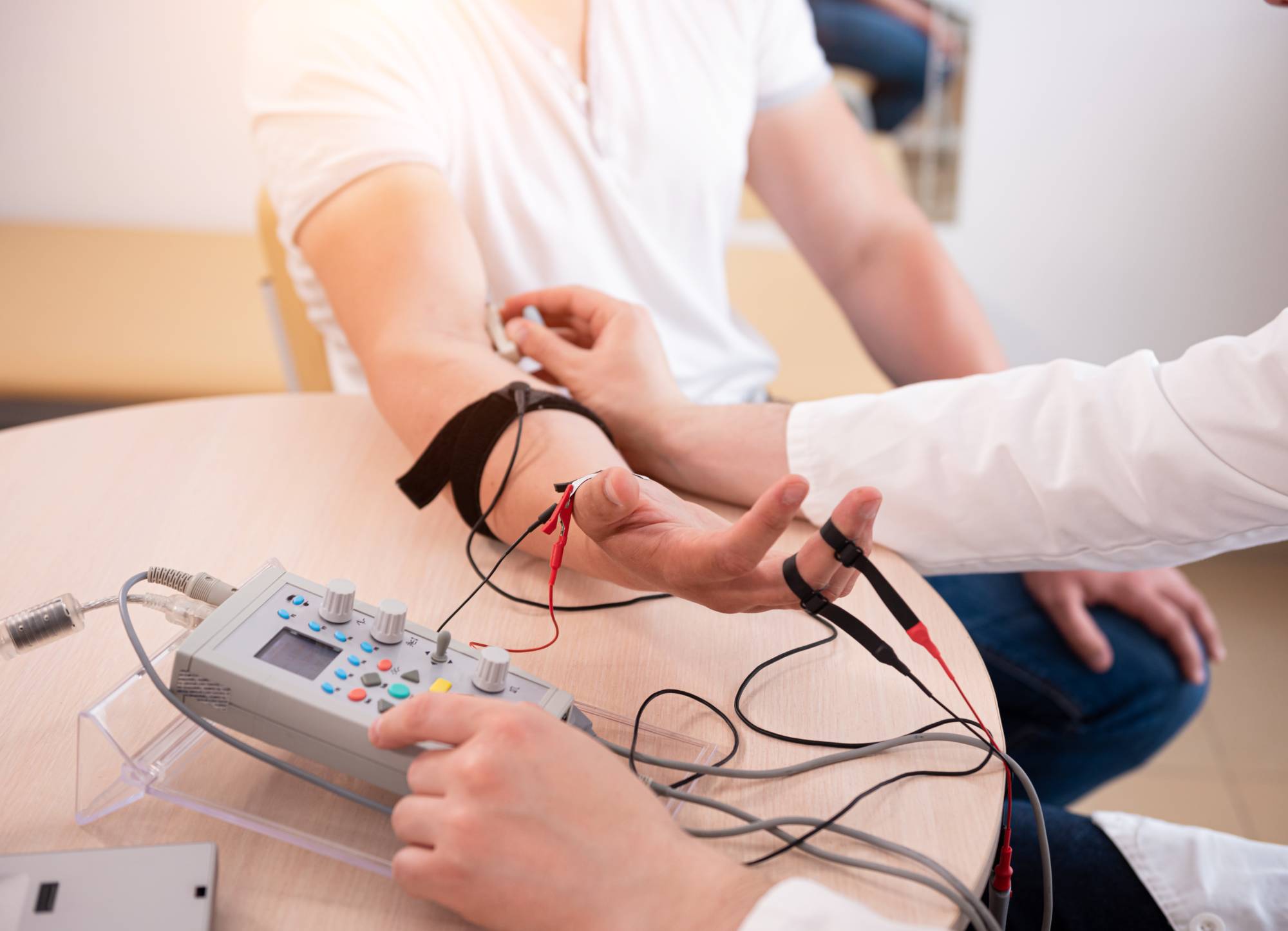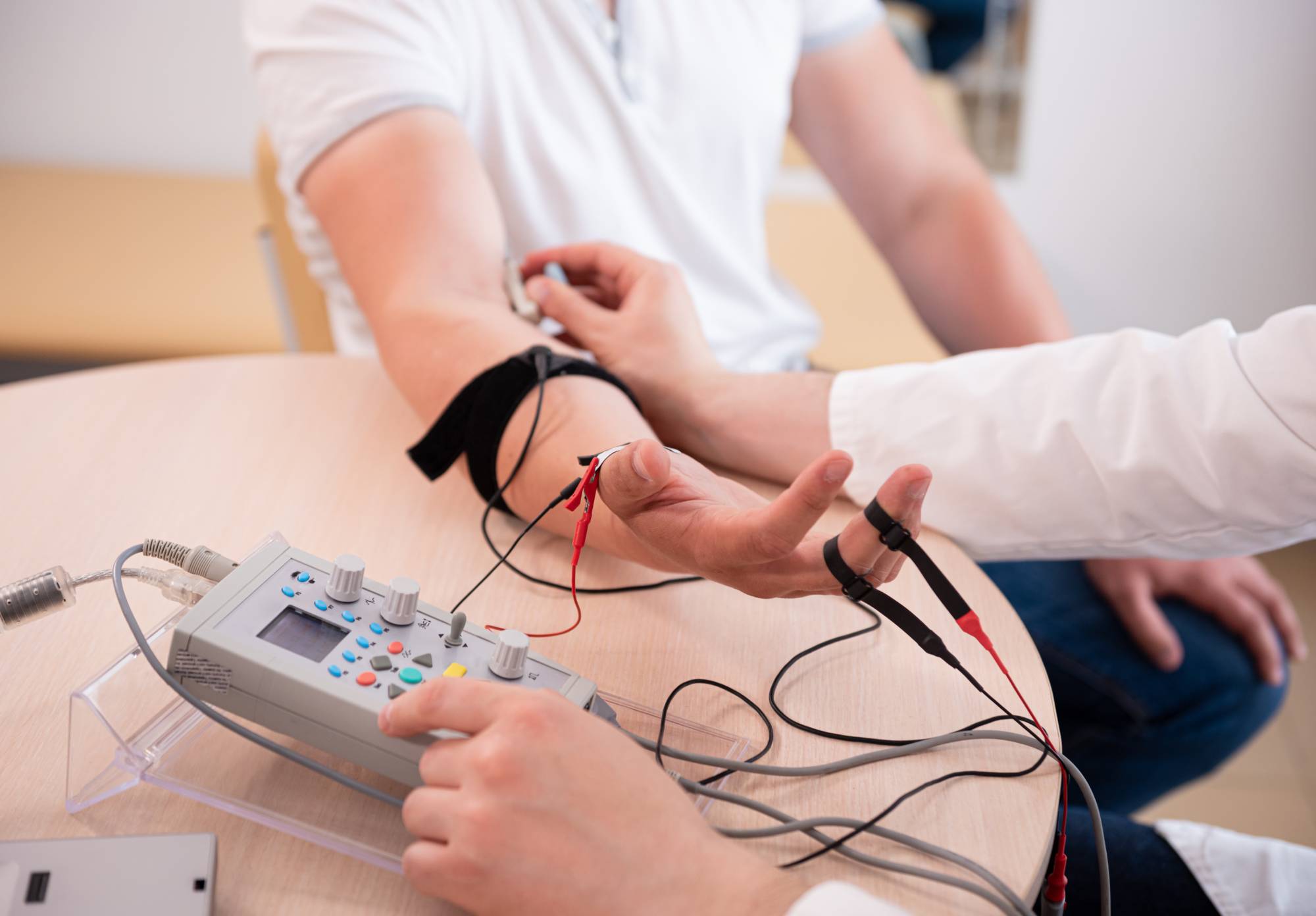Professional electromyography testing that pinpoints exactly what’s causing your nerve or muscle problems.

Reviews

You’ve been dealing with numbness, tingling, or weakness for weeks or months. Maybe your fingers go numb at night, or your leg feels weak when you walk. Your doctor suspects a nerve problem, but you need definitive answers.
EMG testing gives you those answers. This diagnostic test measures the electrical activity in your muscles and nerves, showing exactly where the problem is and how severe it might be. Instead of guessing or trying treatments that might not work, you’ll know precisely what’s happening in your body.
The results guide your treatment plan. Whether it’s carpal tunnel syndrome, sciatica, or peripheral neuropathy, you’ll have a clear diagnosis that leads to targeted treatment instead of trial-and-error approaches that waste your time and money.
We’ve been serving Staten Island residents for years, providing the specialized diagnostic testing that many patients have to travel to Manhattan to receive. Our physicians are board-certified in spine medicine and have performed thousands of EMG and nerve conduction studies.
You’re not just getting a test – you’re getting interpretation from doctors who understand exactly what the results mean for your specific situation. We explain everything in plain language, so you leave understanding your diagnosis and next steps.
Our practice focuses exclusively on spine and nerve conditions, which means you’re seeing specialists who deal with cases like yours every day, not generalists who occasionally order these tests.

The EMG test has two parts: nerve conduction study and electromyography. During the nerve conduction study, small electrodes are placed on your skin and mild electrical pulses measure how fast signals travel through your nerves. This part takes about 15-20 minutes.
For the electromyography portion, a thin needle electrode is inserted into specific muscles to measure electrical activity. You’ll be asked to relax the muscle, then contract it slightly. The needle insertion feels like a small pinprick, and most patients tolerate it well.
The entire test usually takes 30-45 minutes depending on which nerves and muscles need evaluation. You’ll get your results immediately – no waiting days or weeks for a follow-up appointment. We review the findings with you right away and explain what they mean for your treatment options.

Ready to get started?
Your EMG testing includes both nerve conduction studies and electromyography to give a complete picture of your condition. The test can diagnose carpal tunnel syndrome, ulnar neuropathy, radiculopathy, peripheral neuropathy, and various muscle disorders.
Most insurance plans cover EMG testing when medically necessary, and our office handles prior authorization requirements. You’ll receive a detailed report that you can share with other healthcare providers, along with specific recommendations for treatment based on your results.
We perform testing using state-of-the-art equipment that provides precise measurements. Because we specialize in spine and nerve conditions, we know exactly which nerves to test based on your symptoms, making the process more efficient and accurate than generic testing approaches.

New York:
Florida:
Support